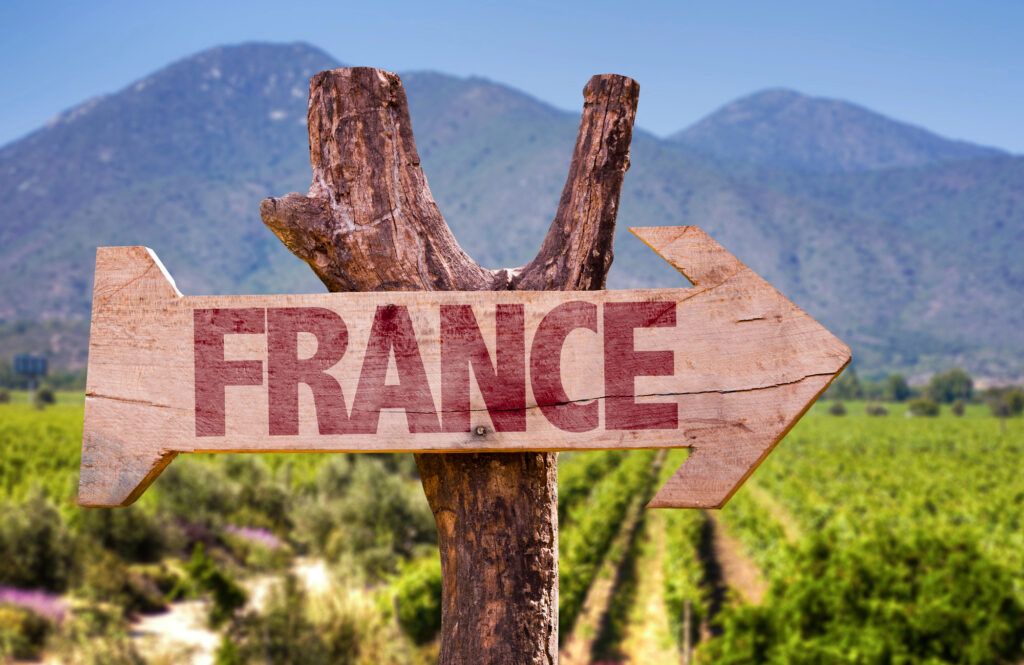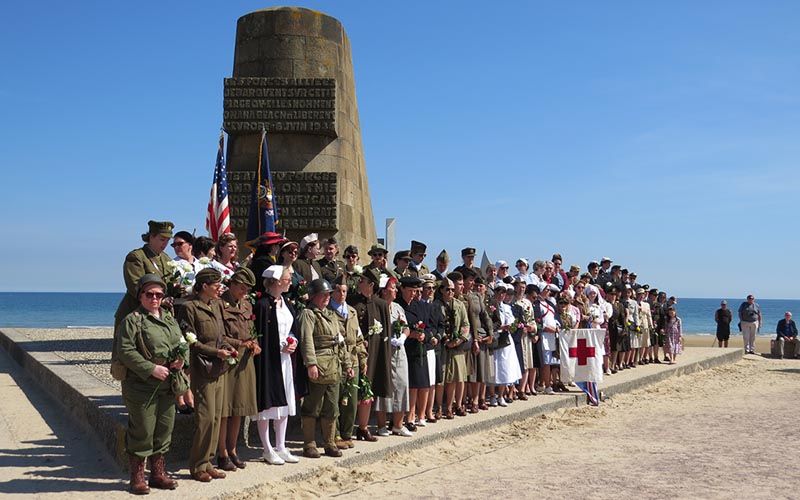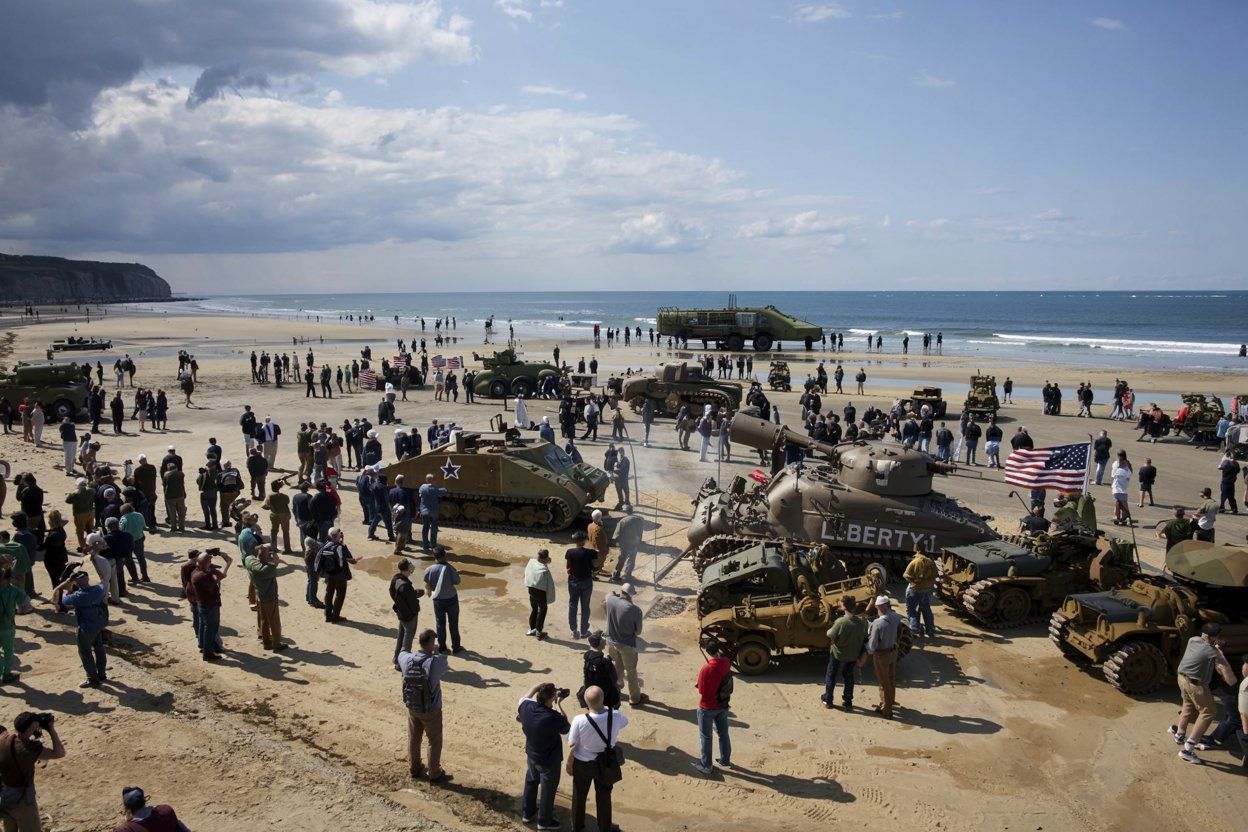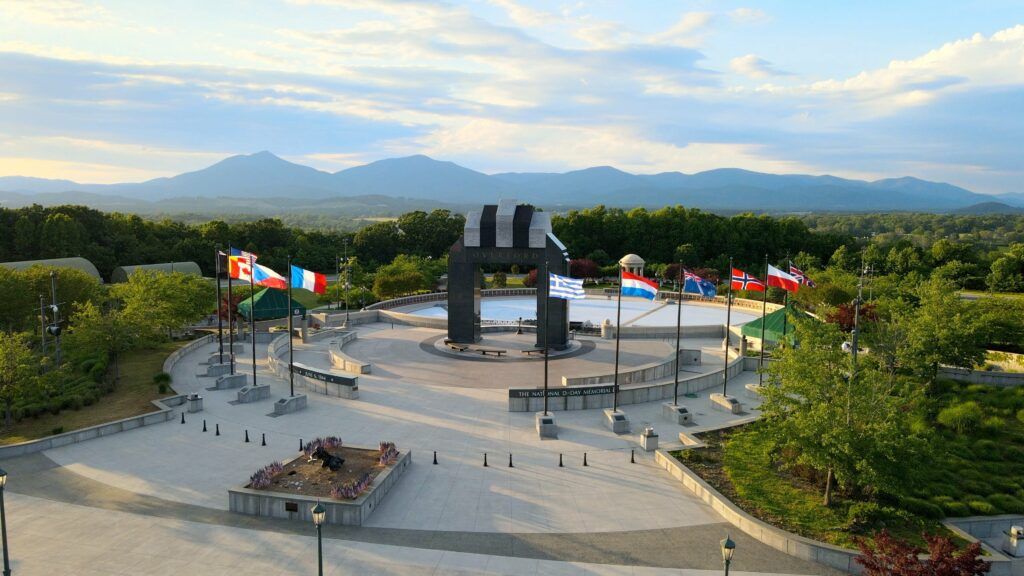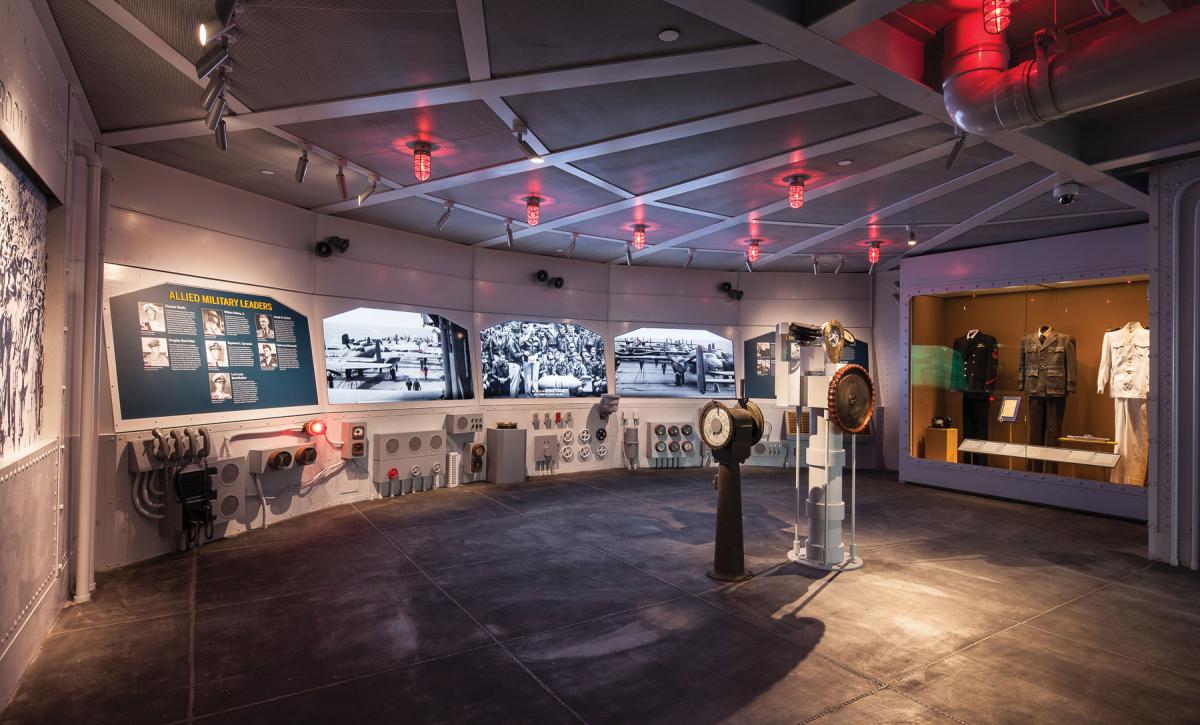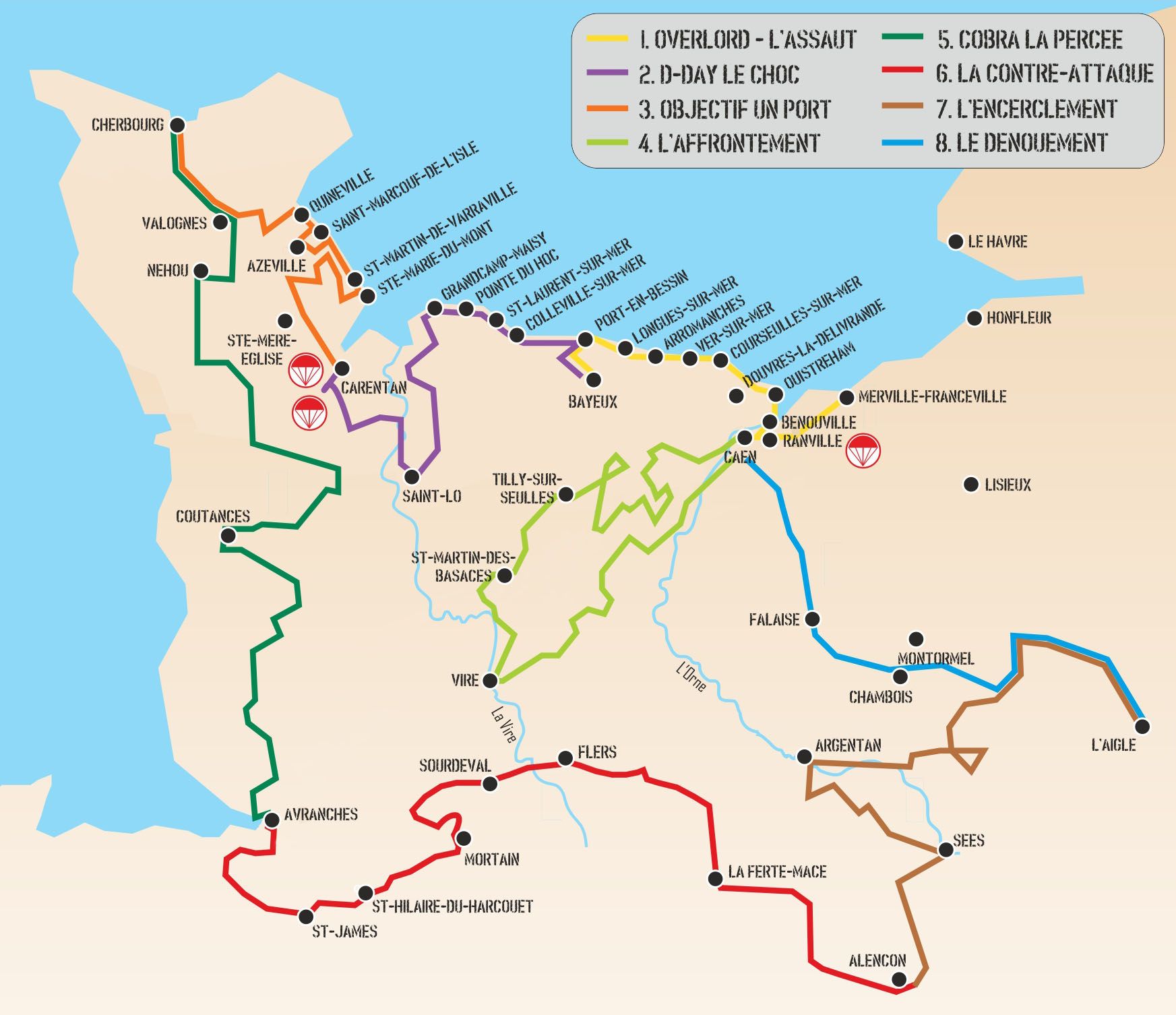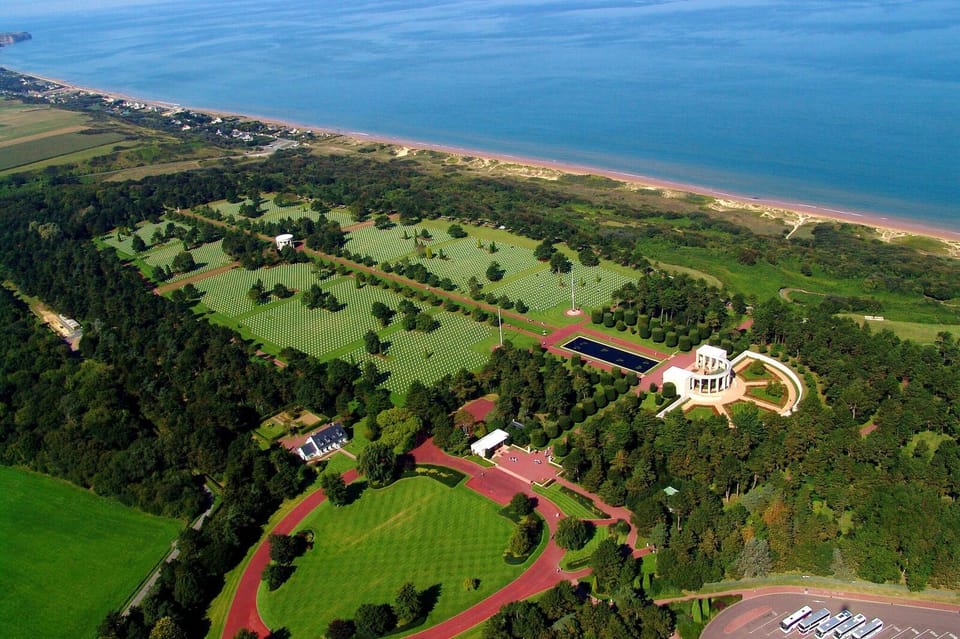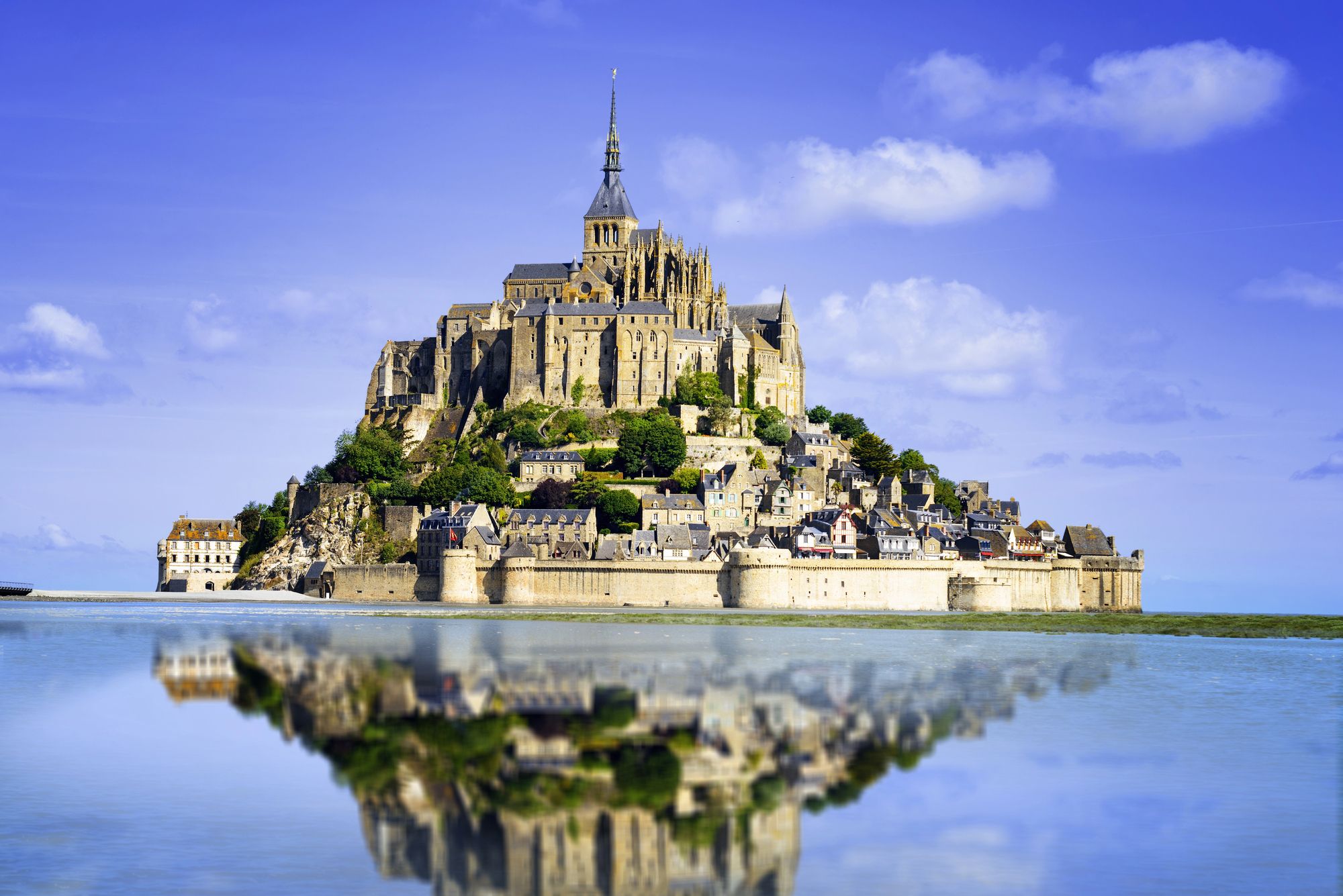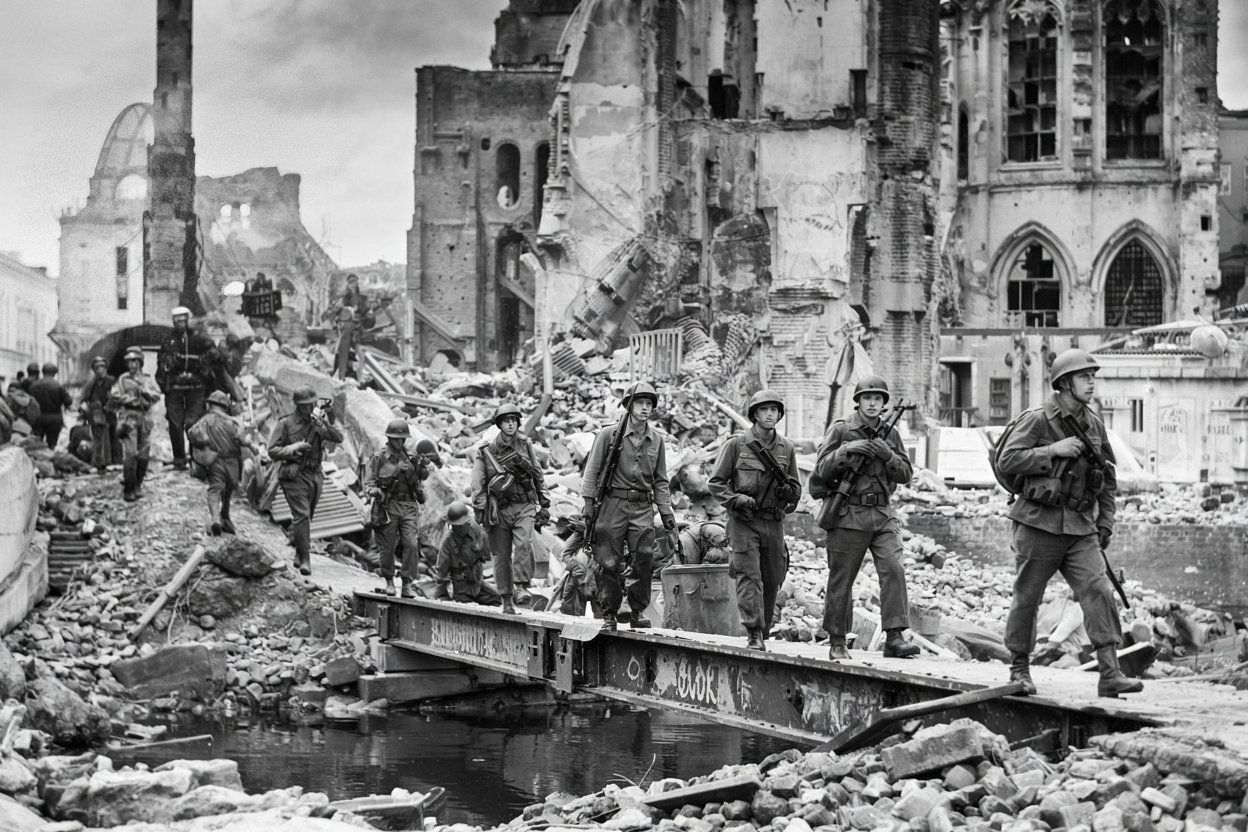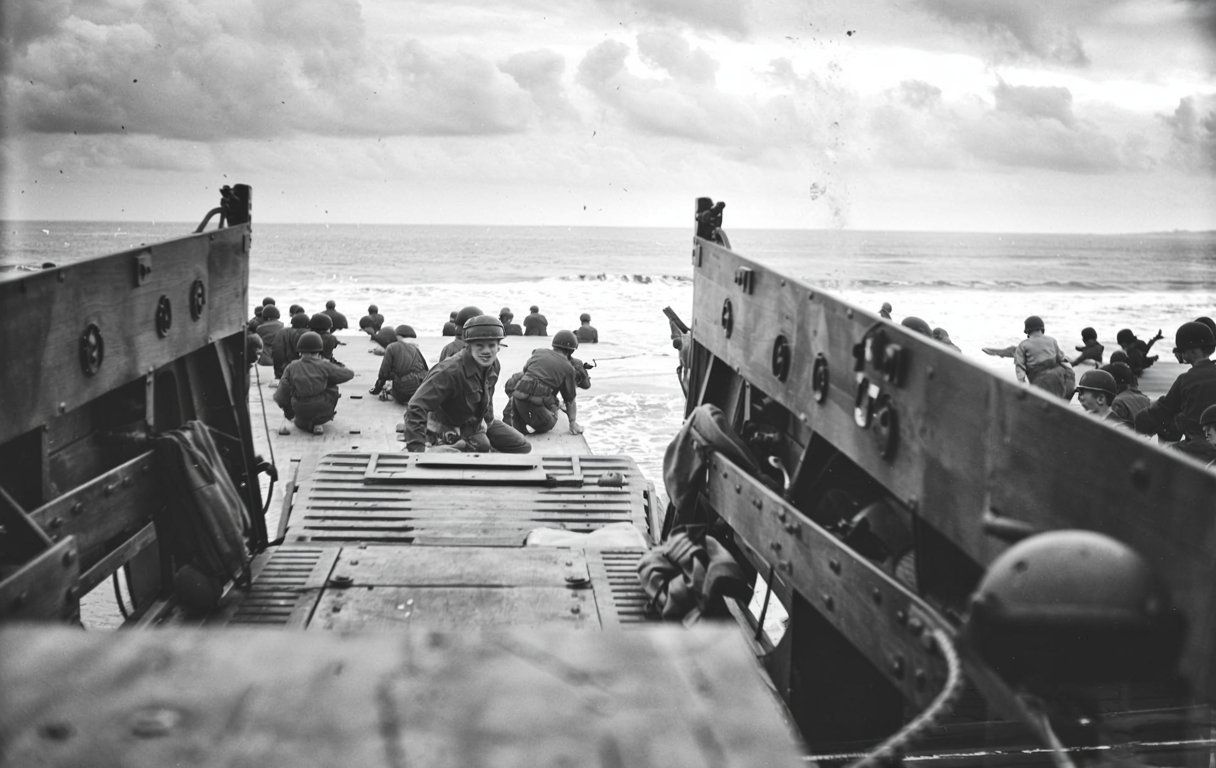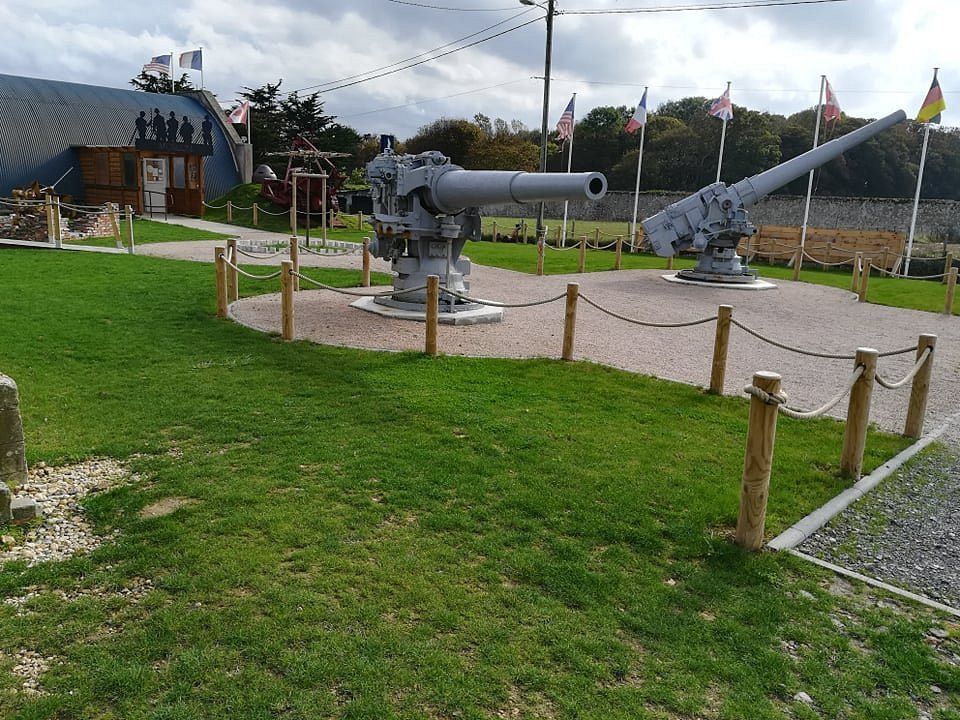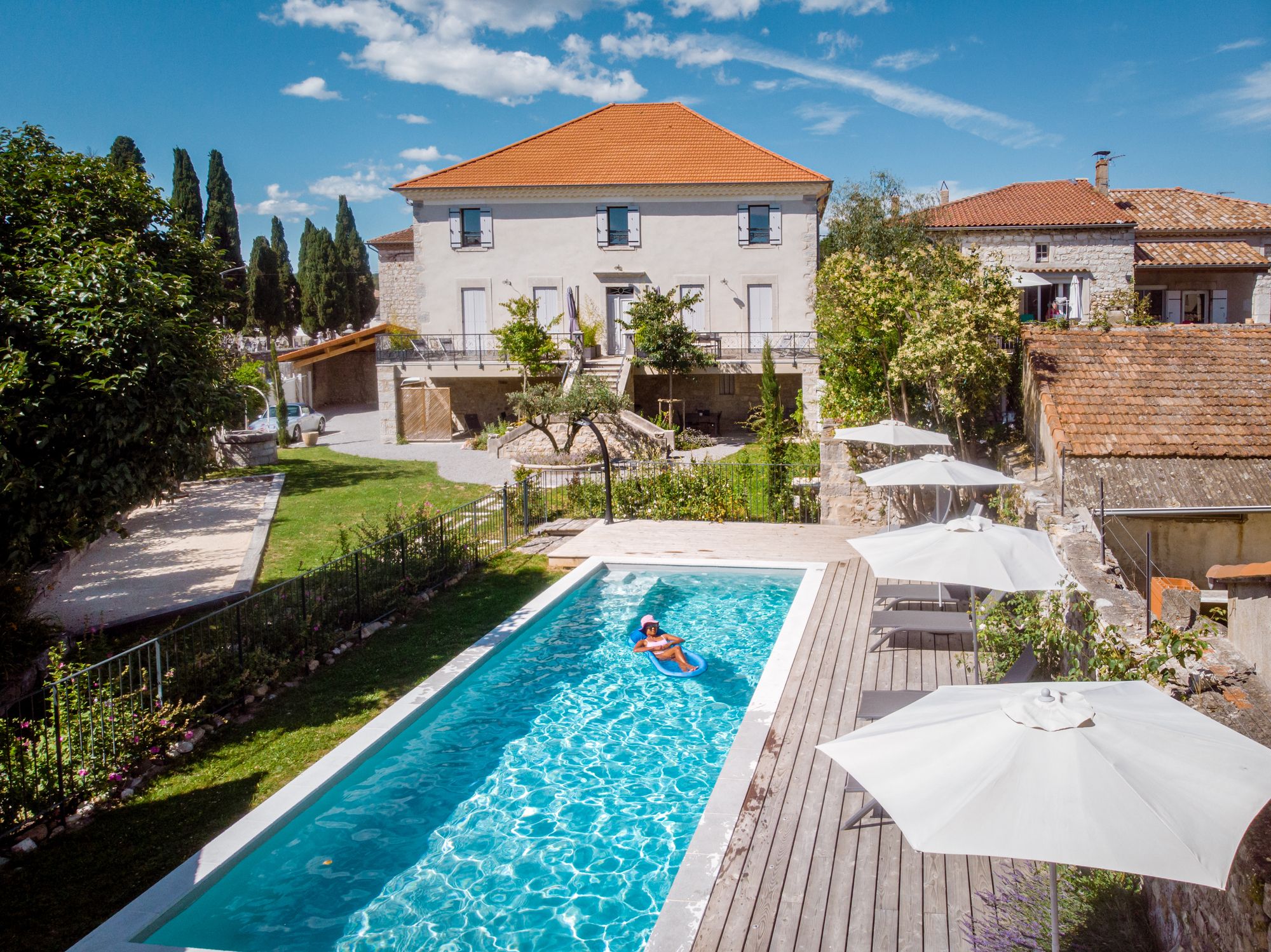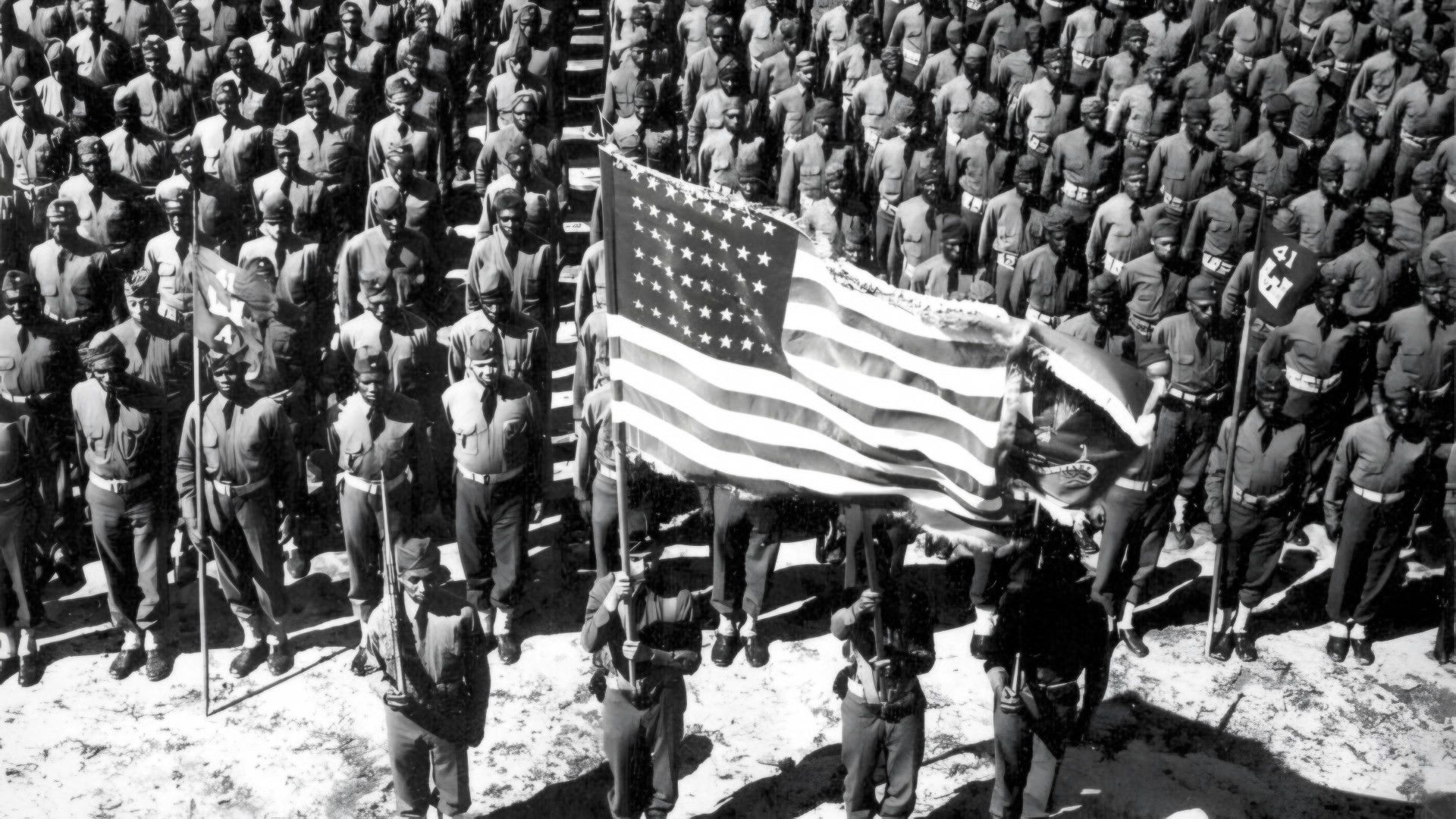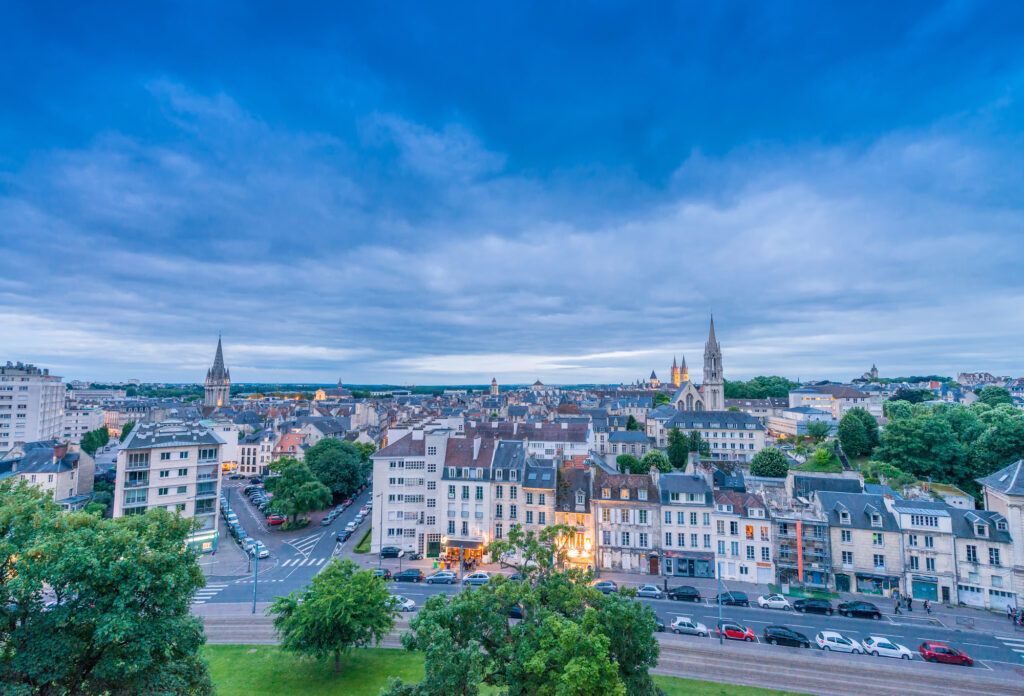Caen’s got this mix of deep history and daily life that’s hard to find elsewhere in Normandy. You can wander from medieval fortifications to lively modern spaces in just a few minutes, each spot telling its own part of the city’s story. This week, there’s a real variety—history, culture, local traditions—all giving you a feel for what makes Caen tick.
You’ll step into places shaped by William the Conqueror, browse markets full of regional produce, and find museums that bridge past and present. Music venues, riverside paths, and gardens round things out, so whether you’re after quiet corners or a bit of buzz, you’ll find it.
1) Visit the Mémorial de Caen for WWII history
You’ll find the Mémorial de Caen on the site of an old German bunker, so the place itself is part of the story. This museum covers the origins of World War II, the D-Day landings, and the Battle of Normandy, then stretches into the Cold War. It’s a lot, but it gives you a wide-angle view of the 20th century’s big conflicts.
Inside, the exhibits lead you through the war’s beginnings, escalation, and aftermath. There are photos, films, and objects recovered from the battlefield—honestly, it’s pretty moving. You can connect what happened in Normandy to the bigger global picture.
Since it’s just a short drive from the landing beaches, you can actually see the sites you’ve just learned about. That really brings it home.
The museum’s big, so set aside at least half a day. There are restaurants and gardens for breaks (which you’ll probably want). Opening times and ticket info are on the official Mémorial de Caen website.
If you’re curious before you go, Normandy Tourism has a helpful Caen Memorial overview.
2) Explore Château de Caen, William the Conqueror’s castle
Step inside one of Normandy’s most important medieval fortresses at the Château de Caen. William the Conqueror built it around 1060, and it later housed the Dukes of Normandy and Kings of England. You can still see the original keep, walls, and ducal buildings.
Walking the ramparts gives you wide views over the city center. The sheer size of the fortifications shows how the castle once dominated Caen and the region. Unlike some castles that feel out of the way, this one’s right in the middle of things—you can just wander over.
Inside, check out the Musée de Normandie and the Museum of Fine Arts. They cover regional history and European art, mixing archaeology, medieval artifacts, and paintings. Exhibitions change up pretty often, so even if you’ve been before, there’s probably something new.
There’s a mix of open-air ruins and indoor galleries. Some areas have uneven steps—wear decent shoes. The site’s big, but you can hit the highlights in a couple of hours if you plan ahead.
3) Stroll through the lively Caen Market at Place Saint-Sauveur
Every Friday morning, Place Saint-Sauveur transforms into a bustling market. Locals come out early for produce, seafood, and Normandy cheeses. If you want the best selection, it pays to show up before the crowds.
The market stretches through the square and spills into nearby streets, so there’s plenty to explore. You’ll find stalls with seasonal veggies, fresh bread, cider, and Calvados—perfect for a picnic.
There’s more than just food. Some vendors bring antiques and household goods, making it feel like a real community gathering, not just a shopping trip. If crowds aren’t your thing, come before 10 a.m. for a quieter vibe.
Place Saint-Sauveur itself is one of Caen’s oldest squares, lined with historic buildings and close to the Abbaye aux Hommes. Shopping here connects you to the city’s layered past as much as its flavors.
Get a sense of the atmosphere with the Saint-Sauveur Market in Caen.
4) Discover contemporary art at the Musée des Beaux-Arts de Caen
The Musée des Beaux-Arts sits inside Caen Castle, where a sleek modern building meets medieval stone. It’s a cool contrast—history on the outside, art on the inside.
You’ll see European works from the Renaissance to today, but the museum puts a spotlight on contemporary artists alongside the classics. Temporary exhibitions rotate in and out, so there’s always something different.
The permanent collection covers paintings, drawings, and a huge archive of prints. Over 50,000 engravings live here—obviously not all on display at once, but they rotate selections by theme.
If Impressionism’s your thing, you’ll spot Monet and Bonnard. There are also installations and photography that push into more current territory. The variety shows how art’s evolved over the centuries.
The museum closes Mondays (except in summer) and on major holidays. Last entry is at 5:30 pm, so don’t cut it too close. Updated hours and exhibition info are on the Musée des Beaux-Arts de Caen website.
5) Walk along the Orne riverbanks and enjoy outdoor cafés
Follow the Orne as it winds through Caen and you’ll find a mix of green spaces and open river views. The banks give you a breather from city streets without actually leaving town. Paths are flat and easy, so it’s a good pick for a relaxed walk.
Near Fleury-sur-Orne, the nature trail along the Orne banks is known for birdlife and, if you’re lucky, deer. It’s a gentle reminder that Caen sits right up against preserved natural areas.
If you’re in no rush, stop at one of the riverside cafés. Outdoor seating lets you watch boats go by or just take in city life at a slower pace. It’s usually less crowded here than in the main squares.
Evenings get livelier as locals gather for drinks. Service can be slow when it’s busy, but honestly, the setting makes up for it. Menus lean simple—drinks, coffee, light meals—not full-on dining.
When you want to be outdoors but not far from the city, this riverside walk is a solid option.
6) Attend a concert or event at the Cargö music venue
Catch Caen’s music scene at Le Cargö, a venue that’s been part of the city since 2007. It’s just a short walk from the center, so it’s easy to fit into your evening.
There are two performance spaces: a big hall for nearly 1,000 people and a smaller club for more intimate gigs. You can pick between major acts and up-and-coming artists, depending on your mood.
Le Cargö brings in French and international performers. Expect rock, pop, electronic, and world music—a welcome change if you want something beyond the usual classical or folk.
There’s a bar and rehearsal spaces, supporting both touring bands and local talent. The acoustics are good, though the big hall is standing-room only, which isn’t for everyone. If you want a seat, maybe check out the Théâtre de Caen instead.
Events can sell out fast, especially for big names, so look up the upcoming program and tickets before you go.
7) Tour the Abbaye aux Hommes, a masterpiece of Romanesque architecture
Step into one of Caen’s most important landmarks at the Abbaye aux Hommes. William the Conqueror founded it in 1063, and his tomb still rests in the church of Saint-Étienne. The abbey’s a mix—Romanesque bones with later Gothic touches.
The nave is tall and clean-lined, and the twin spires (added in the 13th century) are easy to spot from all over Caen. Inside, light spills through stained glass, giving the place a peaceful feel.
The old monastic buildings now house the Caen Town Hall and other civic offices. Around the cloister, you’ll find 18th-century rooms that once belonged to monks, some with original wood paneling and paintings. The mix of old and “less old” shows how the abbey’s changed over time.
You can take a guided tour for more history or go at your own pace with a self-guided visit.
8) Visit the Abbaye aux Dames and its botanical garden
Explore the Abbaye aux Dames, also called the Abbey of Sainte-Trinité, founded in 1060 by Matilda of Flanders (William’s wife). Her tomb still lies in the choir of the Romanesque church, making it a key piece of Caen’s story.
The buildings span from the 11th-century crypt to 18th-century convent wings. Part of it now houses the Lower Normandy Regional Council, but you can still visit the church and grounds. Guided tours run daily and take about an hour, but you can also wander on your own if you’re short on time.
The abbey’s botanical garden is a quiet spot in the city. You’ll find a variety of plant species, shade, and benches—good for a break after the church. It’s not huge, but it’s peaceful.
For tour details and hours, check the official Caen la mer tourism site. The abbey sits on a hill, so you get broad views over Caen—another reason to stop by.
9) Explore the Normandy Museum for regional culture and history
You’ll find the Musée de Normandie inside Caen Castle. The museum focuses on daily life and traditions in the region, offering a different angle from the usual wartime history.
Collections split into two main areas: archaeology and regional society. In the archaeology section, you’ll see tools, ceramics, and objects tracing Normandy’s story from prehistoric times. The society section highlights farming, crafts, and local customs—basically, what life was actually like here.
Since it’s inside the castle, you can walk the medieval walls before or after your visit. That adds a bit of perspective, connecting the exhibits to the city’s long story.
The museum isn’t huge, so you can see it in a couple of hours without rushing. Guided tours and temporary exhibits sometimes go deeper into specific themes.
For planning, the Museum of Normandy in Caen Castle is central and easy to reach from other landmarks. It’s a good stop between big sites like the Memorial and smaller attractions.
10) Relax in Jardin des Plantes, Caen’s botanical garden
Right in the center of Caen, just a short stroll from historic landmarks, you’ll find the Jardin des Plantes. It’s been around since 1689—originally a medicinal garden—and still stands as one of France’s oldest botanical collections. There’s a sense of old-world science and city life woven through its history.
The garden stretches across nearly five hectares, packed with thousands of plant species. Local Norman plants grow alongside exotic ones tucked into the greenhouses. You’ll wander past spots dedicated to medicinal plants, an arboretum, and areas for useful species. It’s not just pretty—it’s practical.
Walking paths wind through rock gardens, shaded lawns, and ever-changing flower beds. Families sometimes use the play area, and if you’re into gardening, you might catch staff offering advice sessions during the week. It’s a bit more hands-on than you’d expect from a typical city park.
Honestly, it’s not the largest garden you’ll ever see—some folks might even call it modest. But being so central, it’s perfect for a quick escape or a breather in the middle of the city. It’s a teaching tool, a patch of green, and a place to slow down for a moment.
For more details on plant collections, history, and visiting hours, see the official Jardin des Plantes and Botanical Gardens information.
Tips for Enjoying Caen in September
September in Caen feels just right—mild weather, fewer crowds, and a relaxed pace compared to the rush of summer. You get comfortable sightseeing, easier access to attractions, and a city that feels a bit more local.
Weather and What to Wear
During September, Caen’s daytime temperatures usually sit between 14°C and 20°C (57°F–68°F). Rain shows up fairly often, so expect light showers a few times a week. Evenings cool off fast, especially near the coast.
Bring layers you can peel off or throw on as needed. A light waterproof jacket, a sweater, and a scarf should cover most situations. Walking shoes are a must—the old streets and uneven paths don’t make things easy.
An umbrella can help, but honestly, a hooded raincoat is less hassle when the wind picks up. Locals don’t break out heavy coats this early in autumn, so you’ll fit in better with lighter outerwear.
Getting Around the City
Caen’s compact center makes exploring on foot a breeze. Big landmarks like the Abbaye aux Hommes and Château de Caen are all within walking distance. The side streets are narrow, so walking often beats driving, hands down.
The Tram and Twisto bus network runs smoothly. Tickets work for both, and you can grab them at kiosks or machines at stops. If you’ll be hopping around a lot, a day pass saves money.
Taxis exist, but late at night they’re scarce. Renting a bike is a solid option too—Caen’s got bike paths, especially along the Orne River. Parking in the old town? It’s a pain. Public transport usually wins.
Local Etiquette and Customs
People here value polite greetings. Say “Bonjour” when you step into shops or cafés, or even before asking for directions. When you leave, a “Merci, au revoir” is expected. Skipping these can come off as rude, even if you don’t mean it.
Meals move at a slower pace than in a lot of English-speaking places. Lunch usually runs from 12:00 to 14:00, and many restaurants shut down until dinner at 19:00. Plan ahead so you’re not caught hungry at odd hours.
Tipping isn’t required since service is included, but rounding up a euro or leaving some small change is normal. If you’re visiting war memorials or cemeteries, keep your voice down and act respectfully—these places really matter to locals.
Enhancing Your Caen Experience
You’ll get more out of your trip if you dive into local food, check out cultural gatherings, and plan with a bit of flexibility. Paying attention to the little things helps you connect with Caen beyond the usual sights.
Dining Recommendations
Caen’s food scene is pure Normandy—think farmland and coastline. Try Camembert, Pont-l’Évêque, and Livarot cheeses from small fromageries or markets. For seafood, restaurants near the port serve oysters and mussels straight from the coast.
If you’re after something quick but still authentic, crêperies in the city center are a safe bet. They’ve got both savory galettes and sweet crêpes, usually with local cider. Prices are fair compared to Paris, though the tourist hotspots might charge a little more.
For a sit-down meal, check out spots near Abbaye aux Hommes or Place Saint-Sauveur. You get historic settings and traditional menus—a nice combo. On weekends, especially in September, it’s smart to book ahead.
Cultural Events and Festivals
Caen keeps a steady stream of cultural events going. Around mid-September, you might catch European Heritage Days, when historic sites open up for free or at a discount. It’s a rare chance to peek inside abbeys or private mansions you wouldn’t normally see.
The city’s big on contemporary art too. The Musée des Beaux-Arts rotates exhibitions, mixing French and international works. Smaller galleries in the Vaugueux district give you a closer look at local artists—worth a wander if you’re curious.
Music’s in the air as well. Outdoor concerts and small festivals sometimes pop up in public squares during late summer. Most don’t even need tickets, so you can just stumble into them and soak up the atmosphere.
How to Make the Most of Your Visit
Think about location as you plan your days. Caen’s main sights—like the Mémorial de Caen and the abbeys—aren’t exactly clustered, so it makes sense to group nearby spots together. You can walk a fair bit, but honestly, the buses and trams are a lifesaver when your feet get tired.
Leave some wiggle room in your plans for surprises. Maybe you’ll stumble on a market, say the one at Place Courtonne on Sundays. It’s lively, full of locals, and you can grab a bite that’s way less formal (and probably cheaper) than sitting down at a restaurant.
Thinking about the D-Day beaches or Bayeux? Half-day tours work well and really help bring Caen’s World War II history into focus. You don’t need a car for these, but it’s smart to book ahead—especially if you’re traveling when it’s busy.

